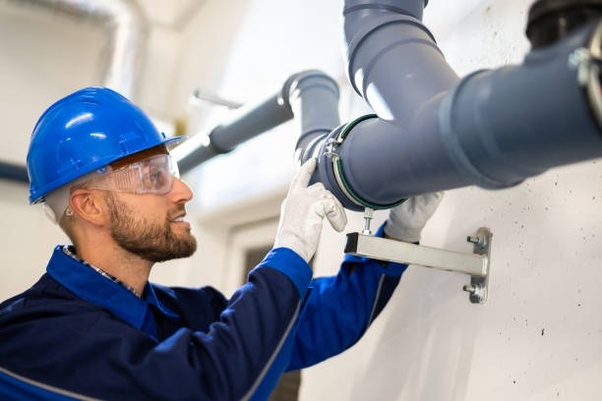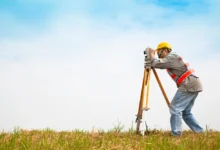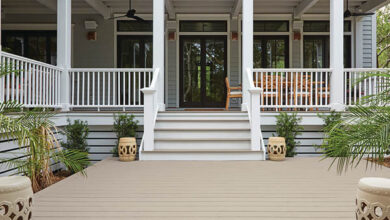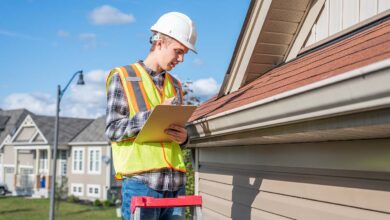
Rebuilding From The Depths: Strategies For Effective Water Damage Restoration
Water damage can be a devastating experience for homeowners and property managers alike. Water damage, whether the result of a natural calamity, a burst pipe, or flooding, necessitates immediate and efficient response in order to mitigate losses and reinstate the property to its pre-damaged state. In this comprehensive guide, we’ll explore key strategies for effective water damage restoration, from assessment and mitigation to reconstruction and prevention.
Water Damage
Prior to discussing restoration strategies, it is essential to have a thorough understanding of the various categories and varieties of water damage. Water damage is commonly classified into three distinct categories:
- Clean Water: Sources of this form of water damage include ruptured pipes, precipitation, and snowmelt. While initially clean, prolonged exposure to building materials and contaminants can escalate the severity of damage.
- Grey Water: Grey water contains a significant level of contaminants and may come from sources like washing machines, dishwashers, or sump pump failures. It poses health risks if ingested and requires proper handling during restoration.
- Black Water: The most severe category, black water, contains sewage, chemicals, and other hazardous substances. It often results from sewage backups, flooding from rivers or streams, or storm surges. Black water presents significant health hazards and necessitates the assistance of trained professionals to ensure the safety of cleansing and restoration efforts.
Understanding the type and extent of water damage is essential for developing an effective restoration plan.
Key Strategies For Water Damage Restoration
- Assessment And Documentation: The first step in any water damage restoration project is a thorough assessment of the affected area. Documenting the extent of damage, including structural damage, moisture levels, and potential health hazards, provides a baseline for restoration efforts. Digital documentation, including photographs and videos, can be invaluable for insurance claims and tracking progress throughout the restoration process.
- Safety First: Before initiating any restoration activities, ensure the safety of occupants and restoration professionals. This includes shutting off electrical power to the affected area, wearing appropriate personal protective equipment (PPE), and addressing any immediate hazards such as standing water, structural instability, or microbial growth.
- Water Extraction And Drying: Prompt water extraction is critical for preventing further damage and mold growth. Industrial-grade pumps, wet vacuums, and dehumidifiers are employed to remove excess water and moisture from the property. Thorough drying of affected materials, including walls, floors, and furniture, is essential to prevent secondary damage and microbial growth.
- Cleaning And Sanitization: Once the water has been extracted and the area dried, thorough cleaning and sanitization are necessary to remove contaminants and prevent mold growth. Non-porous surfaces can often be cleaned with commercial cleaners and disinfectants, while porous materials may require more intensive cleaning or replacement.
- Structural Repairs And Reconstruction: Restoring the property to its pre-damaged state may require structural restorations and reconstruction, contingent upon the magnitude of the damage. This may require structural components, drywall, flooring, and insulation that have been damaged repaired or replaced. Collaborating with seasoned contractors and restoration specialists guarantees that restoration activities are carried out in adherence to regional building codes and industry norms.
- Preventative Measures: After the restoration process is concluded, the risk of future water damage can be reduced by implementing preventative measures. Enhancing drainage around the property may involve routine plumbing system maintenance, the installation of sump pumps or backflow prevention devices, and landscaping adjustments.
Conclusion
The restoration of water damage is a multifaceted and intricate undertaking that demands meticulous attention to detail, expert planning, and complex expertise. By following the strategies outlined in this guide, homeowners and property managers can effectively rebuild from the depths of water damage and restore their properties to safe and habitable conditions. From initial assessment and mitigation to structural repairs and preventative measures, a proactive approach to water damage restoration is key to minimizing losses and protecting property investments.








